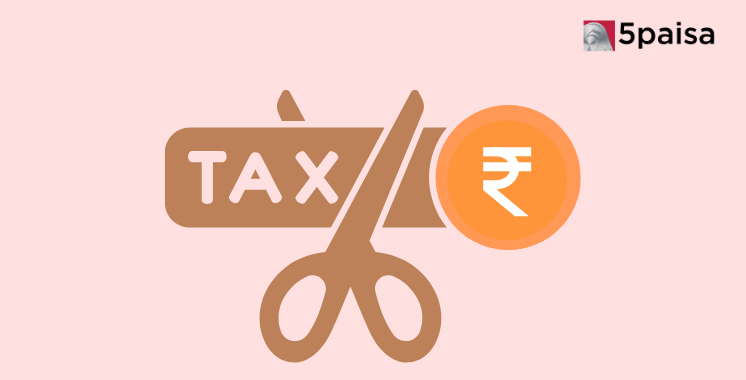Content
- What is Tax Deducted at Source?
- Who Needs to Deduct TDS?
- TDS Applicability and Rates
- How is TDS Calculated?
- How To Deposit/Pay TDS?
- How And When To File TDS Returns?
- TDS Deduction and Payment Process
- Penalty for Non-Payment of TDS
- How to Check TDS Online?
- What Is A TDS Certificate?
- Claiming TDS Refund: How to Apply for your TDS Refund
- Conclusion
Tax Deducted at Source (TDS) is an important integral part of India's taxation system. It ensures tax collection at the very source of income generation. Whether you are a salaried employee, business owner, or investor, understanding TDS is essential to stay compliant with tax laws and avoid unnecessary penalties.
This guide simplifies TDS (Tax Deducted at Source) for Indian businesses, employees and taxpayers, explaining its applicability, calculation, deductions, rates, and the filing process.
More Articles to Explore
- Difference between NSDL and CDSL
- Lowest brokerage charges in India for online trading
- How to find your demat account number using PAN card
- What are bonus shares and how do they work?
- How to transfer shares from one demat account to another?
- What is BO ID?
- Open demat account without a PAN card - a complete guide
- What are DP charges?
- What is DP ID in a demat account
- How to transfer money from demat account to bank account
Disclaimer: Investment in securities market are subject to market risks, read all the related documents carefully before investing. For detailed disclaimer please Click here.
Frequently Asked Questions
Yes, a buyer can claim a refund of TCS while filing their income tax return if their total tax liability is lower than the TCS amount collected during the financial year.
The Tax Deducted at Source (TDS) is deducted at the time of payment generation. Thus, the party generating income is eligible to deduct TDS.
Yes, TCS is applicable on foreign remittances under the Liberalised Remittance Scheme (LRS) when the amount exceeds ₹7 lakh in a financial year, except for education loans and medical expenses.
Yes, PAN card is indeed mandatory for TDS payment.
TCS is generally applicable to the sale of specified goods, but it also applies to certain services such as parking lots, toll plazas, and mining and quarrying activities under Section 206C.
If the payable salary is less than Rs. 2,50,000 per annum, the employee does not need to pay TDS.
If a buyer refuses to pay TCS, the seller is still required to deposit the tax and recover it from the buyer later. The buyer can adjust the paid TCS against their total income tax liability while filing returns.
TDS ensures tax collection at the income source. The deductor, obligated to make a payment, deducts tax and remits it to the Government. This mechanism aids in advance tax collection, broadening the tax base, curbing evasion, and fostering financial transparency.
Yes, TCS can be waived if the buyer submits Form 27C, declaring that the purchased goods will be used for manufacturing, processing, or production purposes and not for resale or trading.


